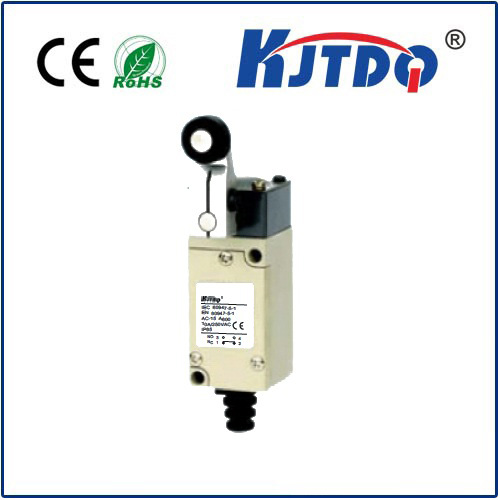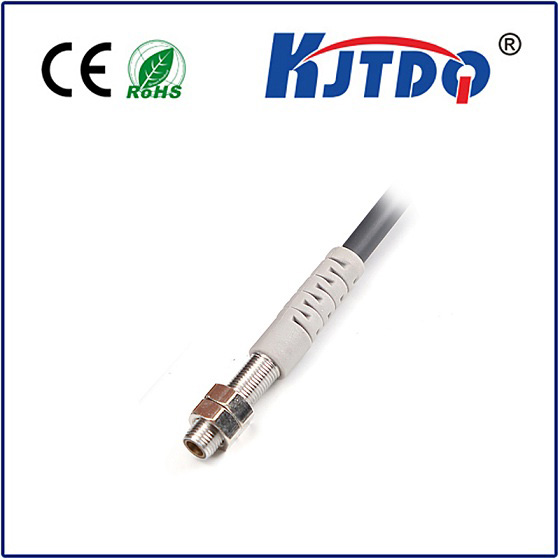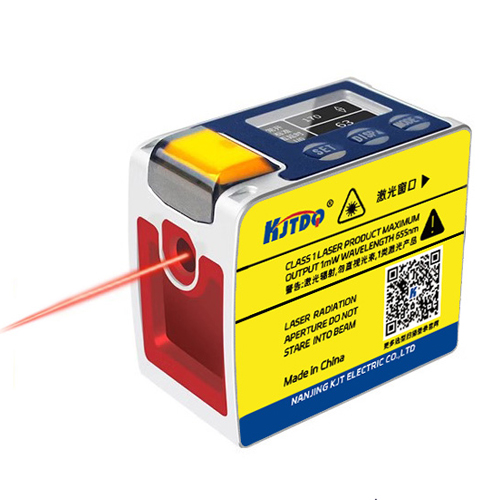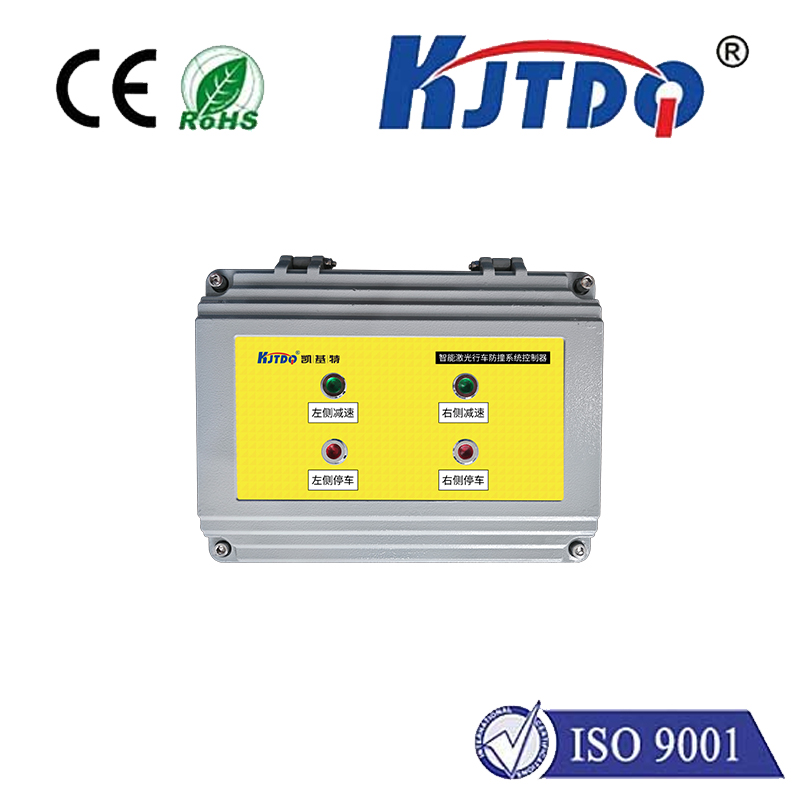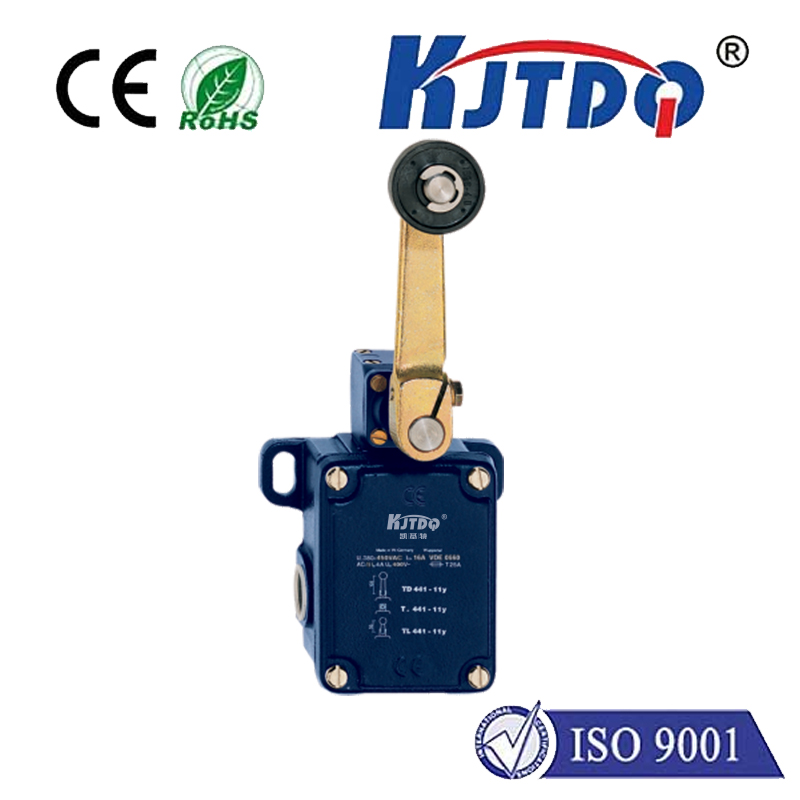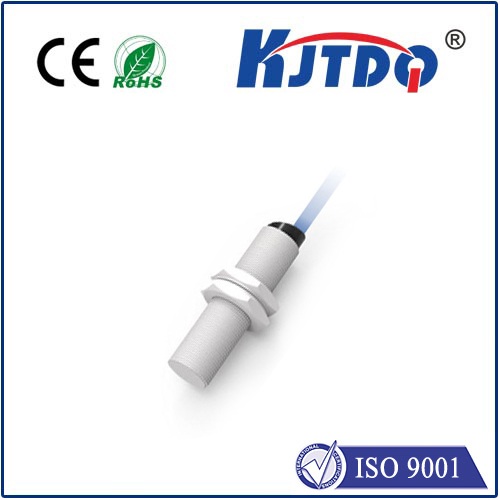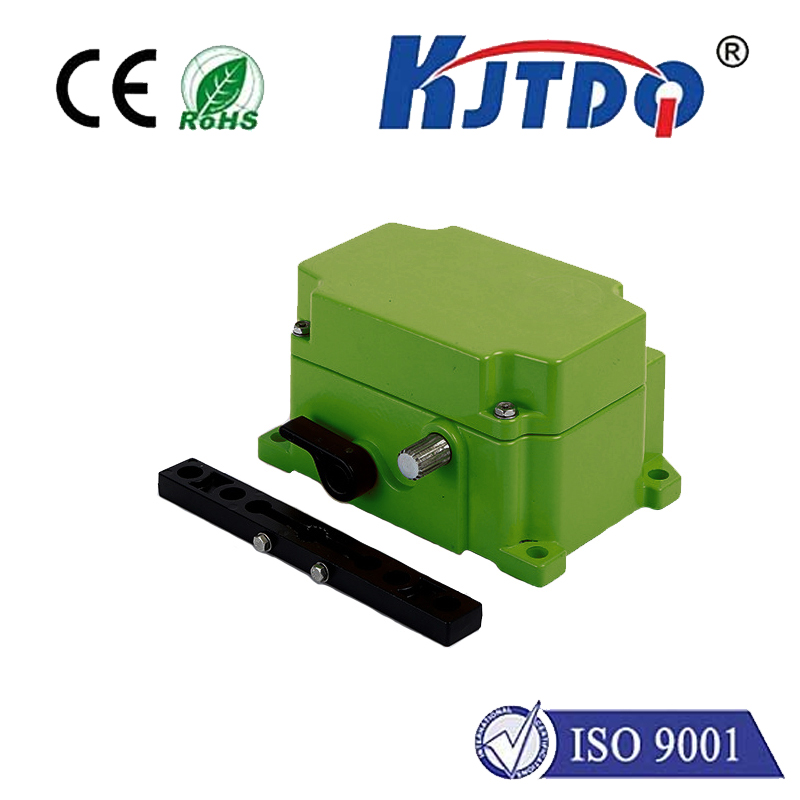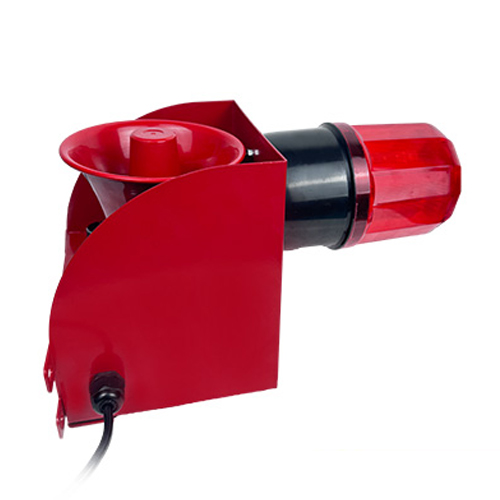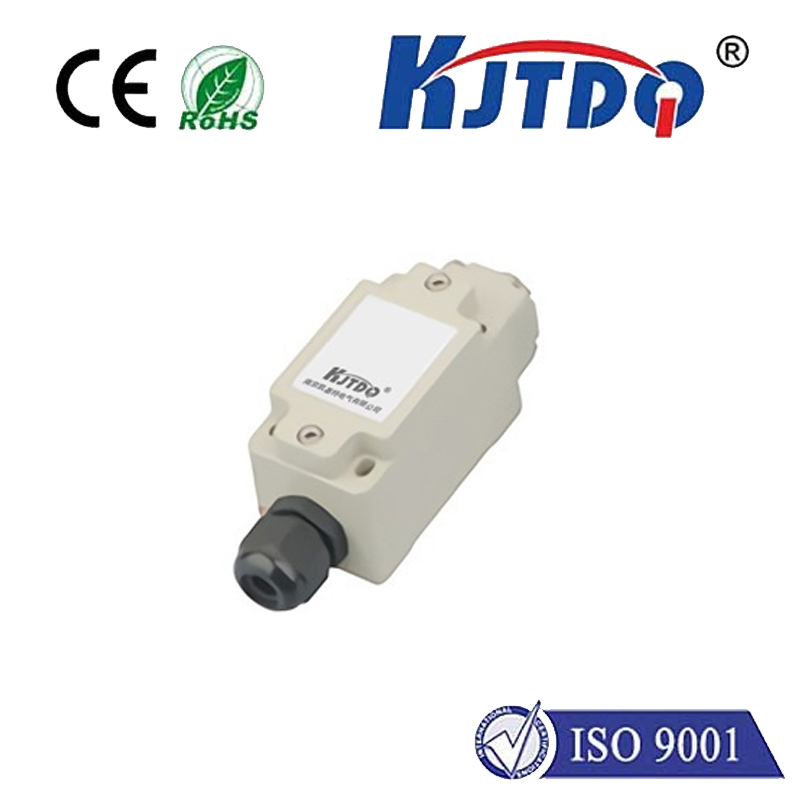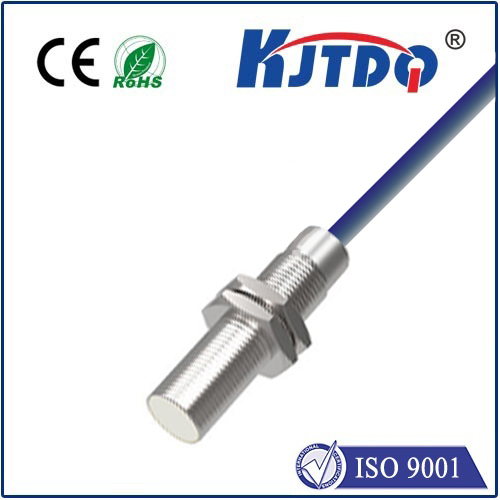temperature transmitter
- time:2025-08-23 00:11:01
- Click:0
Temperature Transmitter: The Essential Translator for Precise Industrial Measurement
In the complex symphony of modern industrial processes – from brewing your morning coffee to refining oil, generating power, or manufacturing life-saving pharmaceuticals – temperature is a critical maestro. Its precise measurement and control are non-negotiable for safety, quality, efficiency, and regulatory compliance. But the raw signal generated by a temperature sensor like a thermocouple or RTD isn’t always ready for the main stage. This is where the temperature transmitter steps in, acting as the indispensable translator and signal conditioner that bridges the gap between the sensor and the control system. Understanding its function is key to unlocking reliable and actionable process data.
More Than Just a Middleman: Core Functionality Unpacked
At its heart, a temperature transmitter performs a vital, multi-step function:

- Sensing Input: It connects directly to primary temperature sensors. The most common types are:
- Thermocouples (TCs): Generate a small voltage (mV) proportional to the temperature difference between two dissimilar metal junctions (hot and reference/cold junction).
- Resistance Temperature Detectors (RTDs): Like Pt100 or Pt1000, whose electrical resistance changes predictably with temperature.
- (Less common: Thermistors - high sensitivity over limited ranges).
- Signal Conditioning: This is where the magic happens. The raw signal from the sensor is often weak (millivolts for TCs), non-linear (especially TCs), susceptible to electrical noise, and requires compensation (e.g., cold junction compensation for TCs). The transmitter’s internal circuitry:
- Amplifies the weak signal.
- Linearizes the output relative to temperature (crucial for accurate readings across the range).
- Compensates for known sensor characteristics (e.g., guarantees accuracy for Pt100 RTDs).
- Filters out electrical noise picked up along sensor lead wires.
- Standardized Output: The conditioned signal is converted into a robust, industry-standard output signal. The dominant standard remains the 4-20 mA analog current loop, prized for its:
- Noise Immunity: Current signals are far less affected by electrical interference than voltage signals over long cable runs typical in plants.
- Simple Fault Detection: 0 mA typically indicates a broken wire or dead transmitter; readings above 20 mA signal an error condition.
- Power & Signal on Two Wires: Enables powering the transmitter from the control system over the same two wires carrying the signal (known as loop-powered transmitters).
- While 4-20 mA dominates, modern transmitters often offer digital outputs like HART (Highway Addressable Remote Transducer - a protocol superimposed on the 4-20mA signal for digital communication), Fieldbus (e.g., Foundation Fieldbus, PROFIBUS PA), or even wireless protocols. Digital protocols enable advanced diagnostics, configuration, and transmission of multiple variables.
Why is a Temperature Transmitter Crucial? Beyond Basic Conversion
While signal conversion is fundamental, the value of a temperature transmitter extends much further:
- Improved Accuracy: By conditioning the signal close to the sensor (sometimes directly at the sensor head in “head-mounted” transmitters), the impact of long lead wire resistance and induced noise is drastically reduced compared to running raw thermocouple/RTD signals hundreds of meters back to the control room.
- Enhanced Signal Integrity: The robust 4-20mA signal (or secure digital equivalent) ensures the reading reaching the PLC, DCS, SCADA, or data logger accurately reflects the actual process temperature, free from degradation.
- Simplified Wiring & Cost Savings: Running a single pair of wires carrying power and signal is far simpler and often cheaper than running multiple pairs for raw sensor signals, especially with long distances.
- Sensor Drift Monitoring & Diagnostics: Advanced “smart” transmitters with HART or digital protocols can monitor sensor health, detect deterioration or drift, and provide diagnostic information, enabling predictive maintenance instead of reactive downtime.
- Interchangeability & Calibration: Transmitters allow for the use of standardized instrumentation (controllers, recorders) regardless of the sensor type connected. They are calibrated as a unit with the sensor (“sensor/transmitter pair”) to ensure overall system accuracy, often traceable to international standards like NIST.
- Intrinsic Safety (IS) Barrier: In hazardous areas, transmitters can be designed or certified as IS barriers, limiting the energy available in the field to prevent ignition of flammable atmospheres. This is a critical safety function.
Selecting the Right Temperature Transmitter: Key Considerations
Choosing the optimal transmitter isn’t a one-size-fits-all endeavor. Key factors include:
- Sensor Type & Range: Must be compatible with your specific RTD (e.g., Pt100, 2/3/4-wire?), thermocouple type (e.g., J, K, T, S?), or thermistor. Ensure its input range covers your process temperature extremes.
- Output Signal: 4-20mA remains the bedrock. Do you need HART for configuration and diagnostics? Is a full digital Fieldbus protocol required for complex installations? Is wireless necessary due to difficult access?
- Mounting Style: Where will it be installed?
- Head-Mounted (DIN Rail or Sensor Head): Attaches directly to the connection head of a thermowell/sensor assembly at the field point. Ideal for minimizing noise pick-up.
- Field-Mounted: Housed in a protective enclosure near the sensor point.
- Control Room/Rack-Mounted: Located in the safe, controlled environment of the control room, typically handling signals from multiple sensors.
- Environmental Conditions: Consider the ambient temperature, humidity, potential for water ingress (IP/NEMA rating), chemical exposure, and hazardous area classification (ATEX, IECEx, FM/CSA approval for explosive atmospheres). Robust environmental protection is non-negotiable in harsh plants.
- Accuracy & Stability: Crucial for critical processes. Look for specifications like ±0.1% of span or better. Also consider long-term drift specifications.
- Power Supply: Loop-powered (2-wire) is most common. Some transmitters, especially certain digital types or those with large displays, may require 3 or 4 wires (separate power supply).
- Smart Features: Do you require HART for remote configuration and diagnostics? Is advanced sensor diagnostics (like RTD drift detection) valuable? Does it need a local display for field technicians?
- Certifications: Ensure compliance with necessary safety (e.g., SIL for functional safety), hazardous area, and industry-specific standards.
The Evolution: Smarter Transmitters for Smarter Plants
Today’s temperature transmitters are far more intelligent than simple signal converters. Smart transmitters leverage digital communication:
- Digital Configuration: Parameters can be set remotely using software, eliminating tedious manual adjustment with potentiometers.
- Advanced Diagnostics: Providing insights into sensor health, process anomalies, or transmitter faults, enabling condition-based maintenance.
- Multi-variable Capability: Some transmitters can calculate and transmit derived values like average temperature or even process variables if paired with other sensors (e.g., pressure compensation).
- Improved Accuracy & Stability: Digital processing allows for more sophisticated signal conditioning and temperature compensation algorithms.
The Indispensable Link in Process Control












